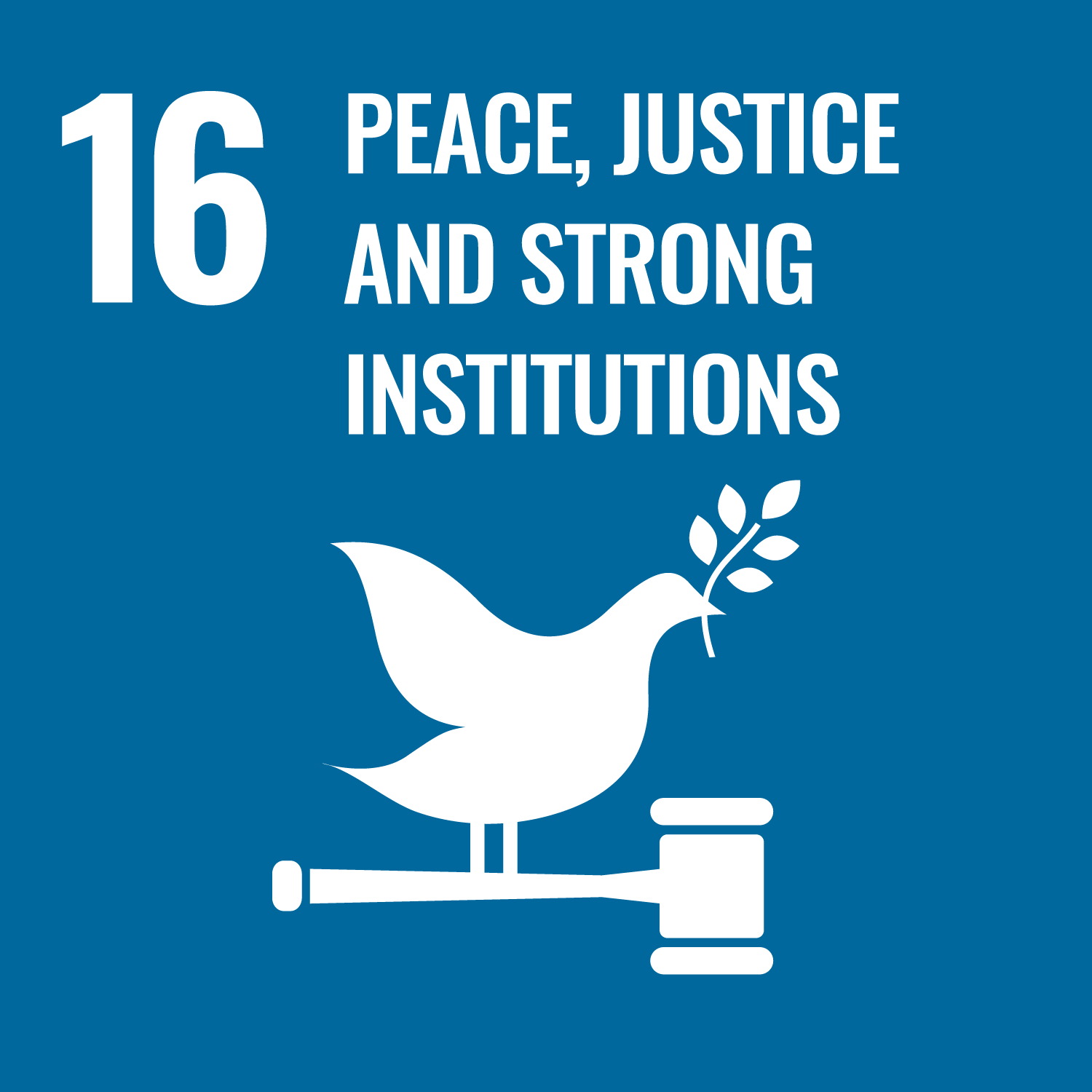platform
Non-pharmaceutical interventions for COVID-19
Authorities have been responding in a variety of ways to the COVID-19 crisis. Many different non-pharmaceutical interventions (NPIs) have been implemented at different stages of the pandemic and in different contexts. However, there is little experience or guidance on how well they work, and computational modeling has therefore become a crucial tool for making informed decisions on how to prevent the spread of the disease, as well as how to restart the economy.
The goal of this project is to predict what the number of cases will be, according to the non-pharmaceutical intervention plan that is implemented, and to optimize the plan to minimize the number of cases while minimizing the economic impact of the pandemic.
An XPRIZE competition was organized, with many teams participating worldwide, to:
- first predict the number of cases according to NPI plans
- then optimize the NPI plan to minimize the number of cases while minimizing the economic impact of the pandemic.
 |
 |
 |
|---|
Decision makers
- National leaders (E.g. Presidents, Prime Ministers and health ministers)
- Public Health Authorities
- Scientific Advisors
- Local leaders (E.g. Governors, mayors and regional authorities)
Objectives
To minimize the number of COVID-19 cases while minimizing the economic impact of the pandemic.
Interactive application
The user interface is available here: COVID-19 NPIs
Data attributes
Context
The situation decision makers are in can be described by the following time series:
- Historical number of COVID-19 cases, daily
- Historical NPIs implemented, daily
Actions
Decision makers can decide, on a daily basis, what the intervention plan should be:
- C1_School closing
- C2_Workplace closing
- C3_Cancel public events
- C4_Restrictions on gatherings
- C5_Close public transport
- C6_Stay at home requirements
- C7_Restrictions on internal movement
- C8_International travel controls
- H1_Public information campaigns
- H2_Testing policy
- H3_Contact tracing
- H6_Facial Coverings
See the description of Containment and closure policies and Health system policies for more details.
Outcomes
- Number of COVID-19 cases over time (Minimize)
- Stringency of intervention plans over time (Minimize)
Data
The dataset of historical cases and NPIs is available here: OxCGRT_latest.csv
The data was collected according to this codebook
More info in the OxCGRT repo.
Code
The code for this project is available here: covid-xprize
References
- The Oxford Covid-19 Government Response Tracker project: OxCGRT
- The XPRIZE Pandemic Response Challenge: XPRIZE Pandemic Response Challenge
- The XPRIZE Pandemic Response Challenge technical details: Technical setup, assessment and results
- The XPRIZE Pandemic Response Challenge GitHub repo: covid-xprize
- The Global Partnership on Artificial Intelligence (GPAI)’s project report: Pandemic Resilience: Developing an AI-calibrated Ensemble of Models to Inform Decision Making (2023)
- Research paper: From Prediction to Prescription: Evolutionary Optimization of Non-pharmaceutical Interventions in the COVID-19 Pandemic (2021)
Discussion
(no discussion yet)